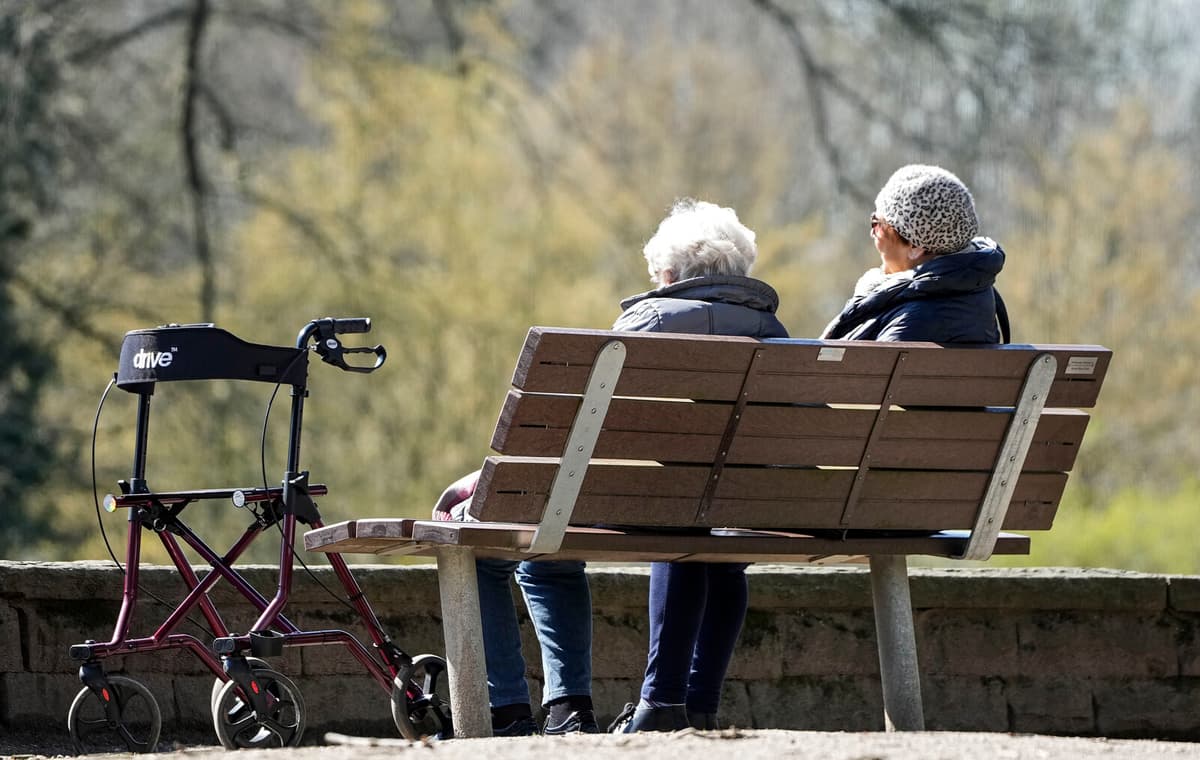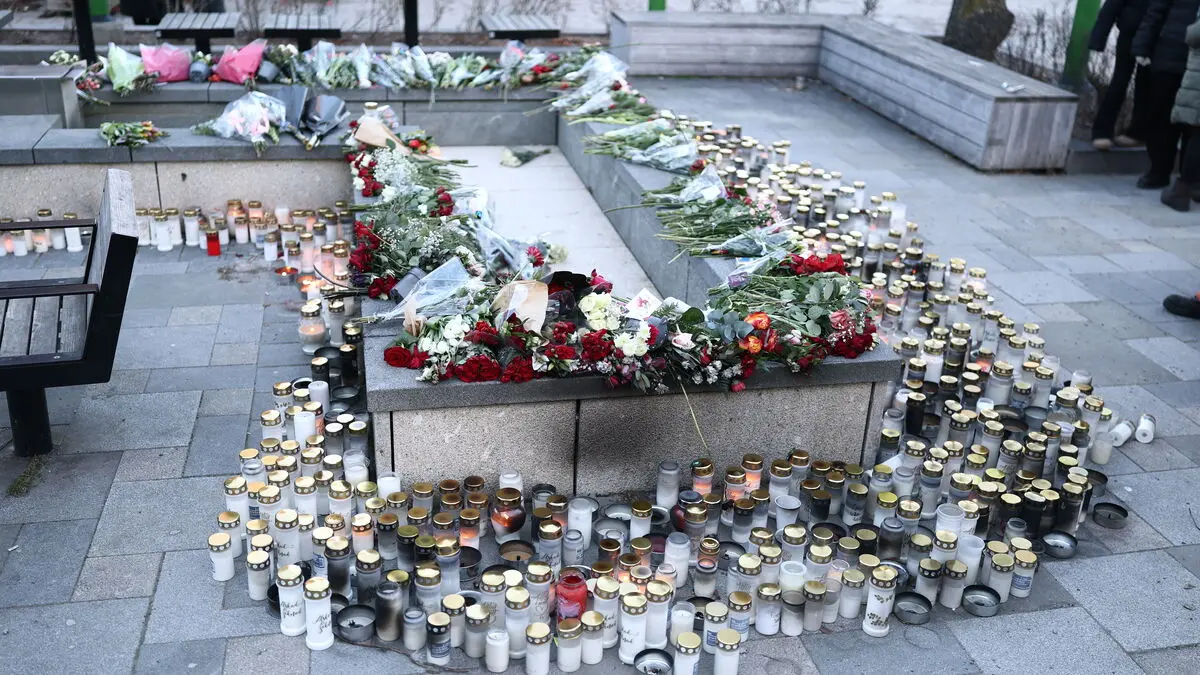It is well known that women are at a disadvantage compared to men when it comes to pension. The starting point on the day they leave working life is not only bad from a Swedish perspective, but all other Nordic countries are more equal than Sweden, new figures show.
On behalf of the Swedish Pensioners' Association (PRO), Lina Stenberg at the Equality Institute has investigated the differences in a report to be presented later this autumn.
Among the conclusions is that while there is a 28 per cent difference between men's and women's pensions in Sweden, the difference is only 5 per cent in Iceland and 8 per cent in Denmark.
Too great a difference
Far too much, according to PRO, especially considering that the Nordic countries are fundamentally very similar, notes Joel Stade, expert on pension issues at PRO:
They are similar societies in the Nordic countries, unlike, for example, Germany, where there are still many housewives. This makes the differences striking, and we were quite shocked. We knew there were big differences, but not that big, he says.
The reason behind the unequal system is partly the unequal working life with lower wages for women, and partly the system itself, where the current occupational pension system contributes to the distortion, it is stated in the report.
Better savings
Male-dominated agreements in industries, for example, provide higher savings than agreements among female-dominated professions, such as municipal employees in the public sector.
There hasn't been much debate about this, but now the spotlight must be shone on it. Unions and employers must open their eyes to the fact that the construction yields these skewed results and that they take a discussion and look at this in the upcoming collective bargaining round, says Joel Stade.





